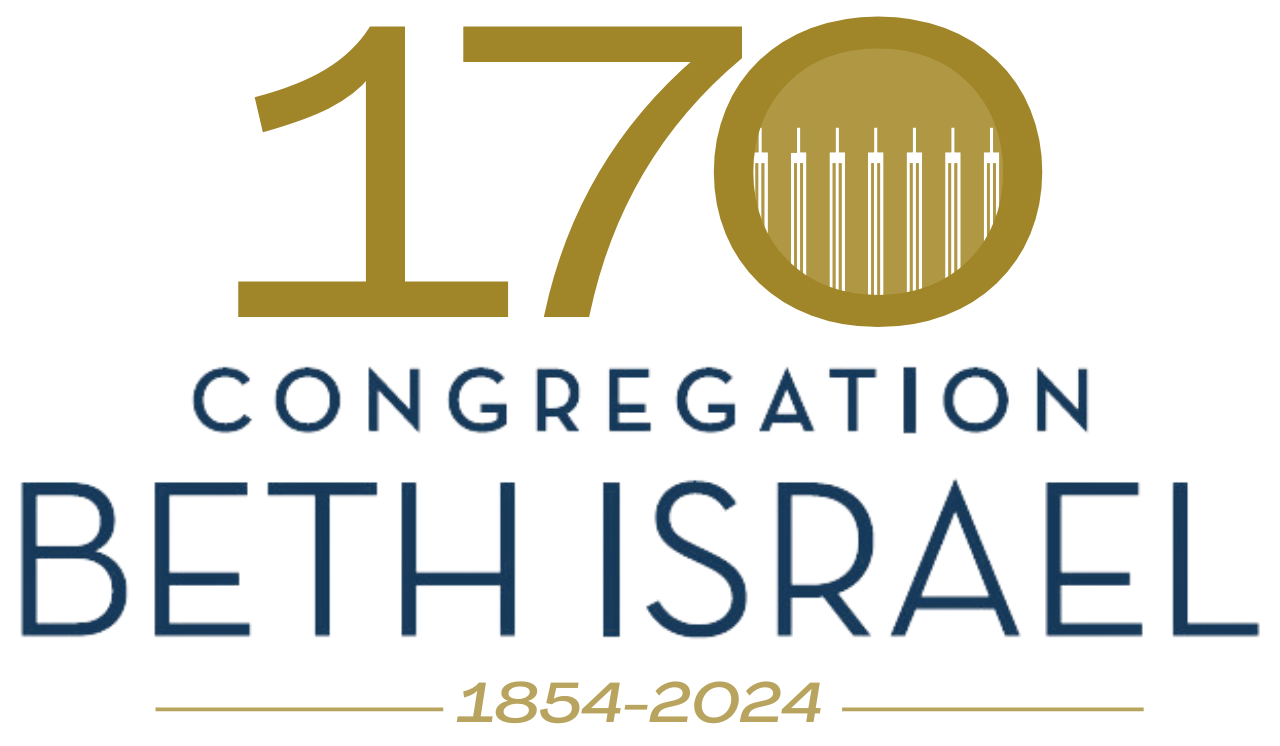The Synagogue: A Source of Shared Light and Hope
The Synagogue: A Source of Shared Light and Hope
From the desk of Rabbi David Lyon
Recently, I spoke on a webinar for Jewish lay leaders in synagogues around the country. They are supporters of rabbis, they like their rabbis, and they appreciate the CCAR (Central Conference of American Rabbis) for helping Reform rabbis address current events and crises. The conversation was facilitated by CCAR’s Chief Executive, Rabbi Hara Person.
My colleague from St. Louis, who joined me on the panel, agreed that synagogues have a role in responding to contemporary issues. In her synagogue, they advocate for issues agreed upon by a committee of congregants. In this way, the clergy, who have strong opinions, remain mindful of issues that represent the congregation. Together and with greater harmony, they pursue Jewish values in social action programs. Likewise, at Congregation Beth Israel in Houston, we advocate for issues that represent the concerns of our Israel Advocacy Committee and our Social Justice Committee. Sometimes those issues overlap, but they always abide by our mission as a synagogue and with respect to the separation of church and state. In both synagogues, congregants find ways to live their Judaism through Torah values that guide their social action work.
We were also asked to explain what we’re hearing from members of our congregations about current events. Though the sample set was small, our experiences are reflective of other congregations in other cities. My colleague and I both affirmed that we receive daily emails, texts, and calls from congregants who are carrying excess stress and anxiety about the world, today. More than local issues, they worry about domestic politics, the Middle East and Ukraine, and everything in between. Our responses to those who reach out to us were similar, too. Both of us shared advice to turn off the 24-hour news cycle, to transform angst into action through participation in synagogue and local advocacy agencies, and to read and learn more about Jewish and Israel history for understanding and perspective.
Finally, my colleague and I admitted that one of the gravest concerns we hear about is rabbinic burnout. Rabbis are exhausted. In addition to all the political and social issues, many rabbis are confronted by hurricanes, floods, fires, and snowstorms where they live and serve. They’re throwing up their arms and throwing in the towel as they shrai (scream) “Oy, gevalt!” Seriously, CCAR is committed to rabbinic well-being to prepare rabbis for service in times like these. It’s not enough to hope and pray, it also requires reasonable expectations and manageable outcomes. But like we ask our congregants, rabbis need to draw on faith, too.
In Lisa Miller’s book, The Awakened Brain (chapter 10), she writes that engaging in spiritual practices, including prayer, doesn’t prevent depression or anxiety, but it does empower an individual to emerge from it. The result is that one can learn from these periods of darkness with hope that light is in the future. Without such practices, light beyond darkness is more difficult to reach, if at all.
The conclusion of our webinar left us feeling strengthened because we also felt heard by one another. That might be a kernel of wisdom we all need to experience. In times of polarization, isolation, and angst, we need to come to the synagogue, pray with our community, and participate in programs and events where we can hear others and be heard by them, too. There we’ll find some like-minded people who join us in making a positive difference.
At this season, especially, let’s use all our powers to see that light begins to increase as soon as we acknowledge the darkness and choose to move beyond it. In Proverbs we learn, “The soul of humanity is the light of the Eternal One” (Proverbs 20:27).
L’Shalom,
![]()
